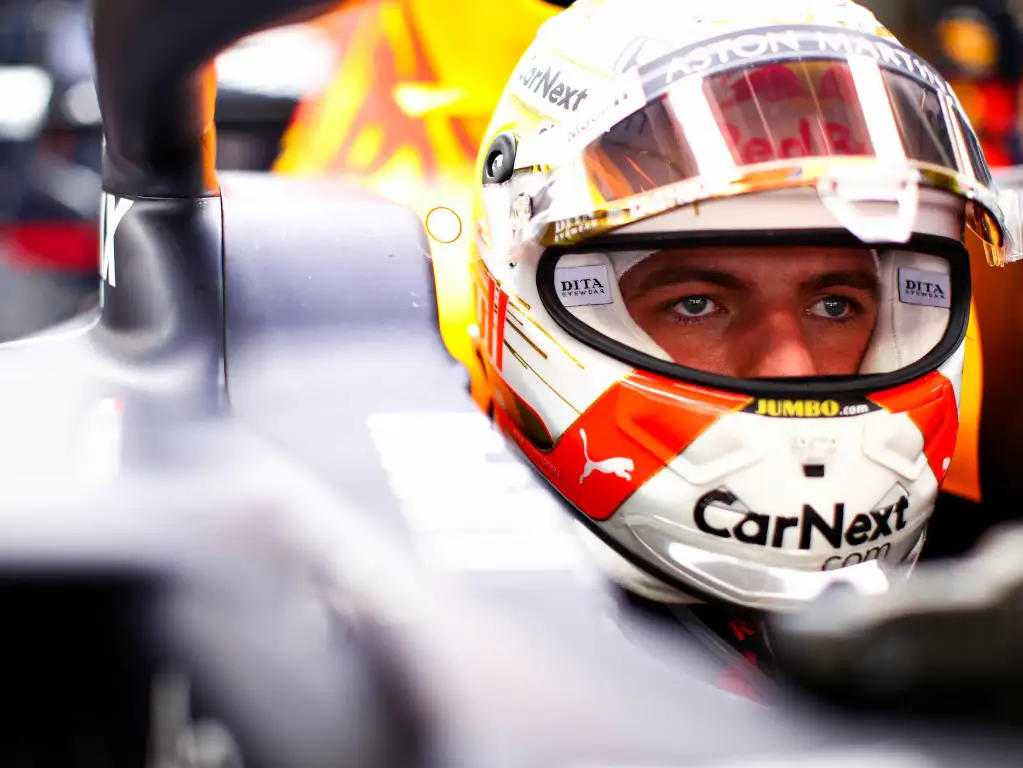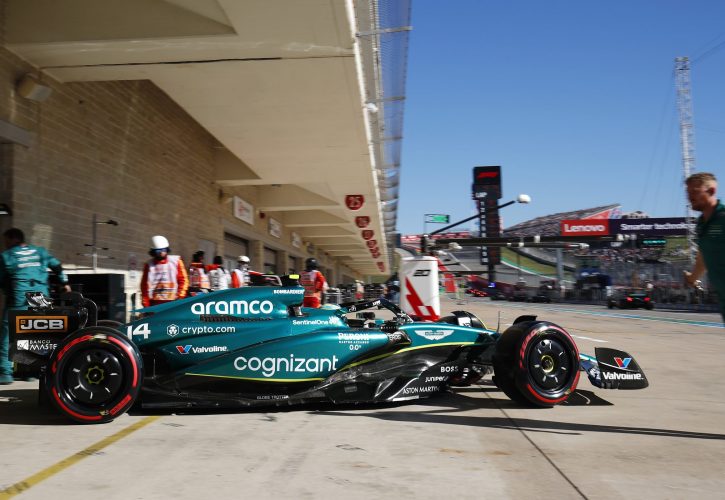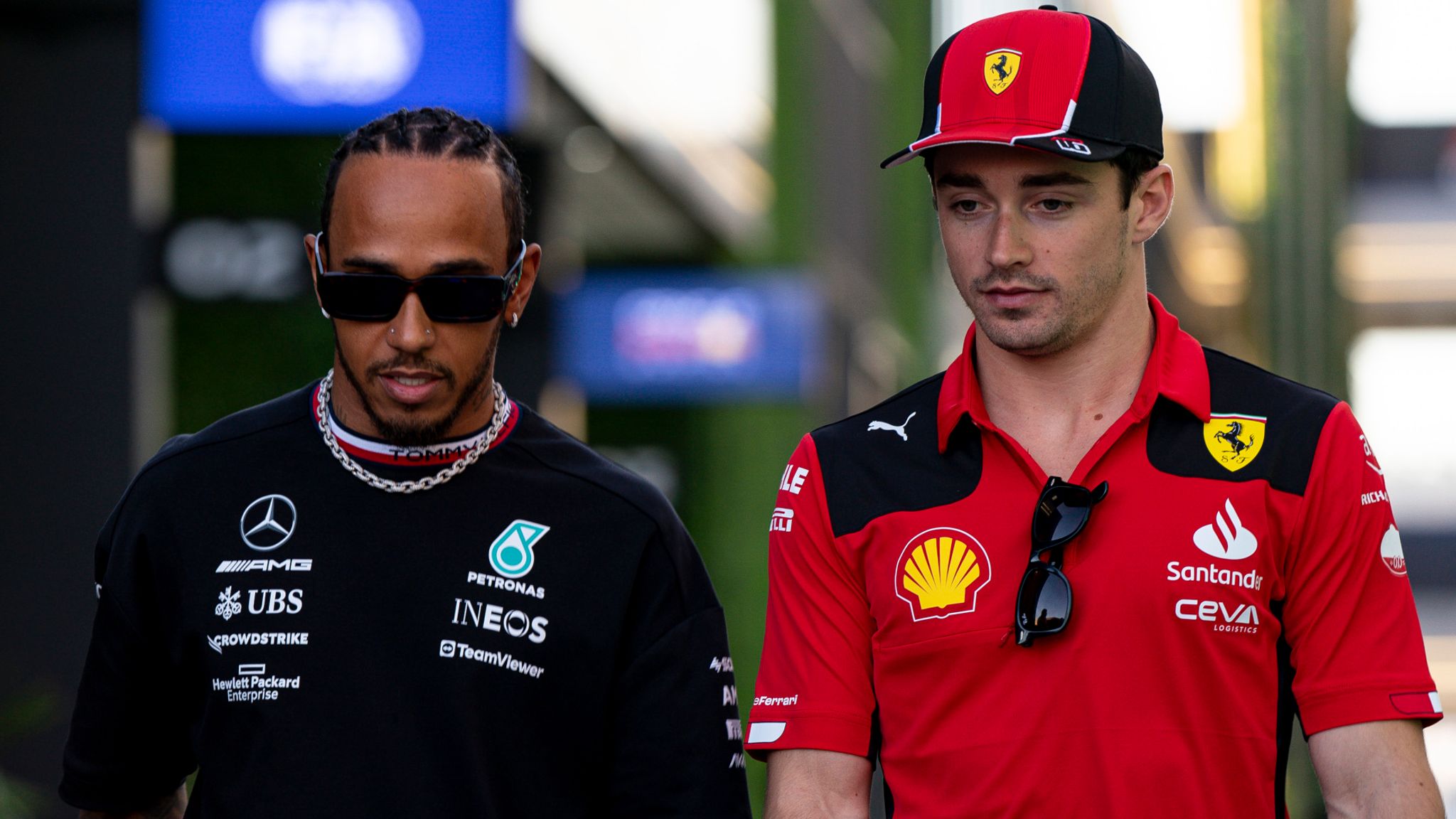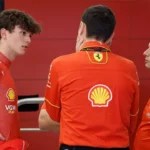Max Verstappen had a frustrating session at the US Grand Prix due to brake issues he faced throughout the race. The lead he had developed was in danger, with Lewis Hamilton closing in on him during the final stages of the race. However, Max’s frustration was evident when he vented over the radio during a conversation with his engineer, Gianpiero Lambiase.
Max Verstappen and GP have a relationship akin to that of a ‘married couple,’ often engaging in verbal tussles during races, which they seem to handle with ease. Sebastian Vettel acknowledges that drivers’ radio communications can occasionally become quite explicit and attributes it to the tremendous pressure they are under to perform.
Windsor wants code of conduct for radio language
The FIA has never expressed concern over drivers’ use of aggressive language or explicit language during races when things aren’t going well. The drivers are not warned or punished for their inappropriate use of team radio. On the other hand, an ex-team manager seems to disagree with the current scenario.

Peter Windsor has called out Max Verstappen’s behavior over the team radio and advocated a rule for the radio code of conduct. Many drivers expressed their frustrations on the team radio using harsh words, and Peter believes that the use of such explicit words over the team radio should be moderated by the FIA.
Things are not going that well for Max Verstappen, apparently. 😅 #AustinGP #USGP #F1 pic.twitter.com/rVqWT0Kv6v
— F1 Radio Messages (@F1RadioMessages) October 22, 2023
In the words of Sebastian Vettel, the coveted Formula 1 driver, he draws an intriguing parallel between the world of football and the high-octane realm of racing. Vettel suggests that if one were to position a microphone in close proximity to the mouths of football players engaged in a fierce tackle, the listening experience may not be one of pleasant conversations. Similarly, Vettel posits that it would be unjust to evaluate the prowess of a supremely skilled F1 driver solely based on the choice of words shouted during the heat of a race.
COTA track came under fire from Verstappen
Christian Horner had earlier extended the rest period of Daniel Ricciardo not allowing him in Qatar GP so that he could be better fit for the bumpiness of COTA. The uneven track has been a matter of concern for many drivers, and Max Verstappen didn’t go easy on the track’s bumpy nature at all.
It is estimated that the track conditions were the biggest factor in the post race disqualification of Charles Leclerc and Lewis Hamilton, meanwhile, Fernando Alonso had to retire from the race after breaking the floor of his Aston Martin.

Max Verstappen and Lewis Hamilton spoke up against the track together, as they didn’t even consider it at F1 level. “In an F1 car, probably you don’t even see it as much because, of course, we are glued to the ground because of the downforce, but the bumps and jumps that we have in some places, this is way too much. I don’t think it’s F1 level”, Max cited.
“I agree with Max,” Hamilton said, prior to his disqualification for excessive plank wear. “I like some of the bumps because it adds character to the circuit, but there’s way too many.

“We, as drivers and the GPDA, we are open to discussing with them and maybe helping them not do the whole thing so it costs a fortune. From the last corner to the start line, for example, that’s smooth, then the rest is bumpy. The other areas, we could patch up and improve.”
It is no secret in Formula One racing that Max Verstappen has a soft spot for the Austin circuit. However, its tarmac has sadly caused the motorist to develop a dislike for it. Given the importance of ground effects for these high-performance vehicles, one must question whether the FIA should devote more resources to improving track conditions.







